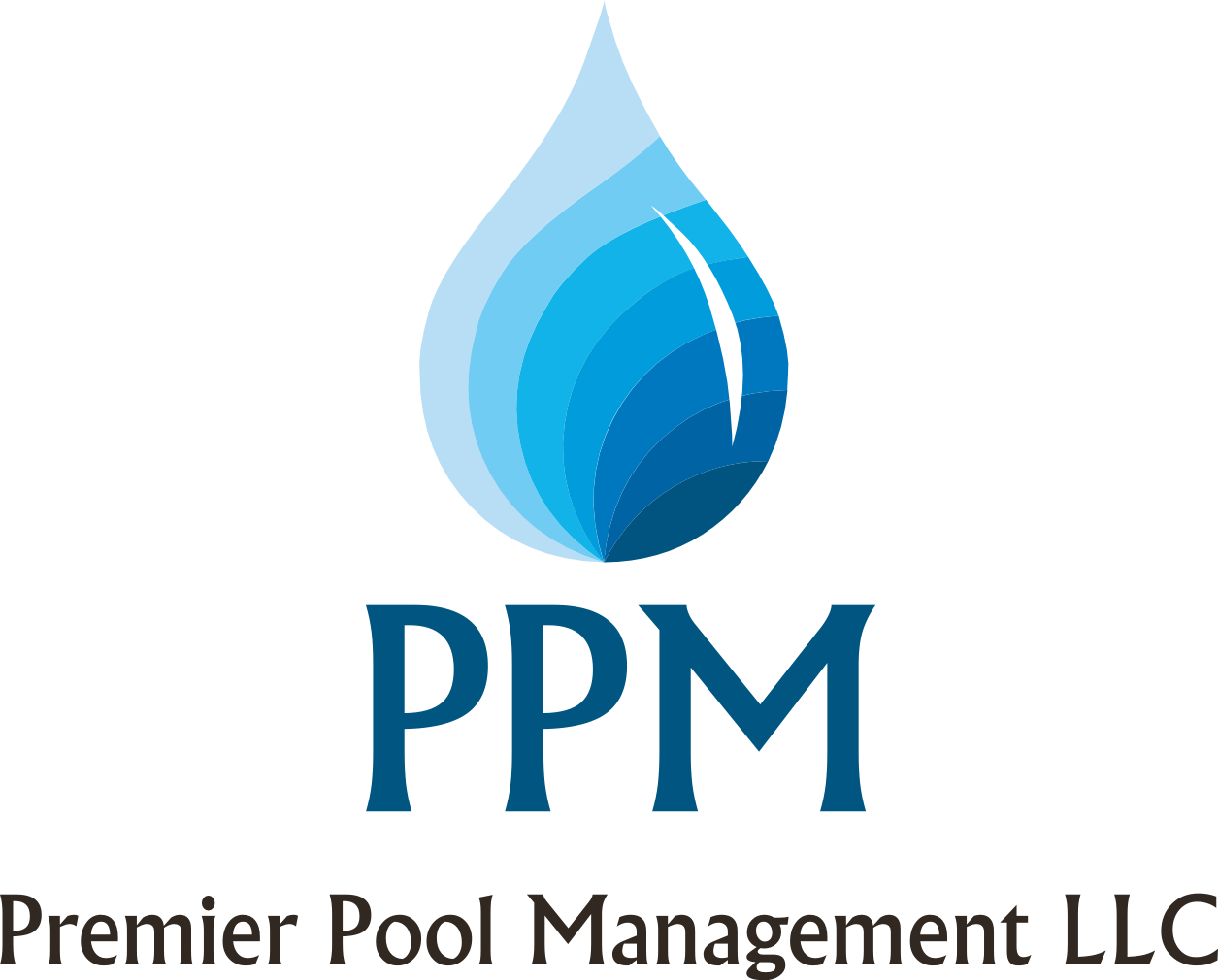On October 4, 2018, 19 children who visited a public swimming pool in California were reportedly sickened by the pool chemicals and 12 were taken to the hospital for treatment. None of the injuries ended up being life threatening, but it could have easily been worse. Pool chemicals were to blame, per the media anyway. See one of the news stories here.
We were not involved in investigating this incident in any way, so this post if purely conjecture...BUT...whenever we see these types of stories, we discuss them internally and hypothesize what may have happened. In this case, one possibility that could certainly cause something like this would be a failed or non-existent fail-safe interlock on the chemical controller and/or chemical feed system. We visit and audit many pools and one thing we always look for and test right away are the fail-safes & interlocks. There are many types of fail-safes, but in pool applications we typically see either a flow switch, pressure switch, or an electrical interlock.
The Flow Switch
Flow switches come in many various types and configurations, but they all do the same thing - they break a circuit causing equipment to disengage when flow in a pipe is ceased or severely reduced. Chemical controllers typically have a flow switch that is electrically interlocked and/or puts the controller into a bypass mode. It is often a pin wheel device (see below) plumbed into the test sample line. When water in the test stream stops due to a pump shut down or flow restriction, the pinwheel stops and essentially turns off the controller so it cannot continue to feed chemicals. The controller is not getting a fresh stream of sample water so it's analysis of the water may not be accurate, but also, the controller stops the feed of chemicals into the return line so that we don't fill up the entire line with chemicals.
Flow switches are often found on other equipment too, like US disinfection equipment. The UV lamp needs water flowing past it to cool the lamp. If water stops, that water will heat up and could cause unit or pipe damage. (side note, UVs may also have temperature sensors or pressure sensors that do the same thing).
Flow switches should be tested frequently and should not be bypassed. They exist primarily for one very important reason -- patrons safety! (But they also protect your investment in the facility and equipment).
The Electrical Interlock
An electrical interlock is a safety lockout feature installed to ensure that, for example, if a pump loses power and shuts down, other pieces of associated equipment will have their power cut as well. In a pool environment, if a pump isn't running, we don't want all of the disinfection equipment running as well. If the water isn't moving through the pipes, the chemicals (and/or UV, ozone, hydroxyl radicals...whatever) shouldn't be feeding. Without these safety devices installed and working properly, this situation could again permit a pool return line to completely fill with 10's or 100's of gallons/lbs of chemical. This is bad right? We don't want our chlorine being fed into the pipe to mix in large quantities with our acid/base which is probably being fed 4 feet up/down pipe. To exaggerate a little bit (or maybe not an exaggeration depending on the situation) ... the mixing of large quantities of these strong chemicals that we use every day could potentially making a "pipe bomb" or a poisonous liberating chlorine gas inside your pipe which is extremely dangerous. As if this isn't dangerous enough, once that pump turns back on, you don't want people in the pool on the receiving end of that return line that is full of poison! There is a reasonable chance that a situation like this could have occurred at the pool in California.
In additional to the life/safety concerns above, these mixed chemicals in strong concentrations can strip the biofilm from the inside of the pipe and the result is black speckles and dark clouds of "cleansed" biofilm returning to the pool. This could be considered good and bad - the inside of your pipes are a lot cleaner, but you have a big mess to clean up in your pool and your customers will not enjoy swimming with biofilm floating all around them.


An Example We Saw Recently
We were working with a client in the Western US. We were hired to fly out and complete an extensive facility audit. The pool was managed pretty well overall, but there was one glaring issue. They had an ozone system that wasn't interlocked with their pool pump. Anytime they turned the pump off to empty the strainer basket or complete other maintenance tasks, the ozone just kept on chugging away making ozone gas and pumping it into the pool return line. The hazardous gas filled the return line quickly and eventually escaped the return line and entered the air in the pump room and also the pool area. The smell of a lightning storm was easily detectable during even a short shutdown. Ozone is a respiratory hazard and this system should have been interlocked with the pump to turn off when the pumped stopped. The client installed an interlock and thankfully nobody was injured.
SAFETY SAFETY SAFETY! Keep those flow switches maintained and running! Check to ensure your electrical interlocks are installed properly and working!

